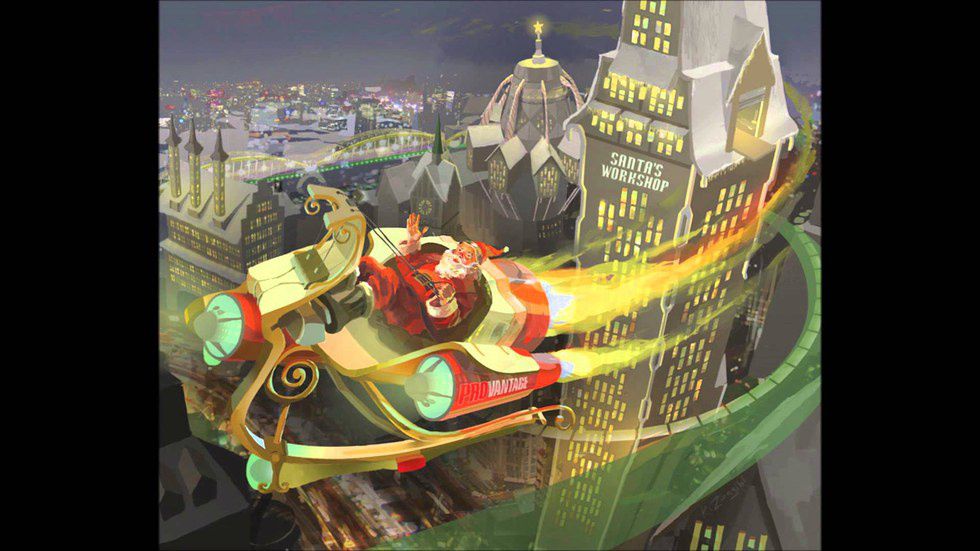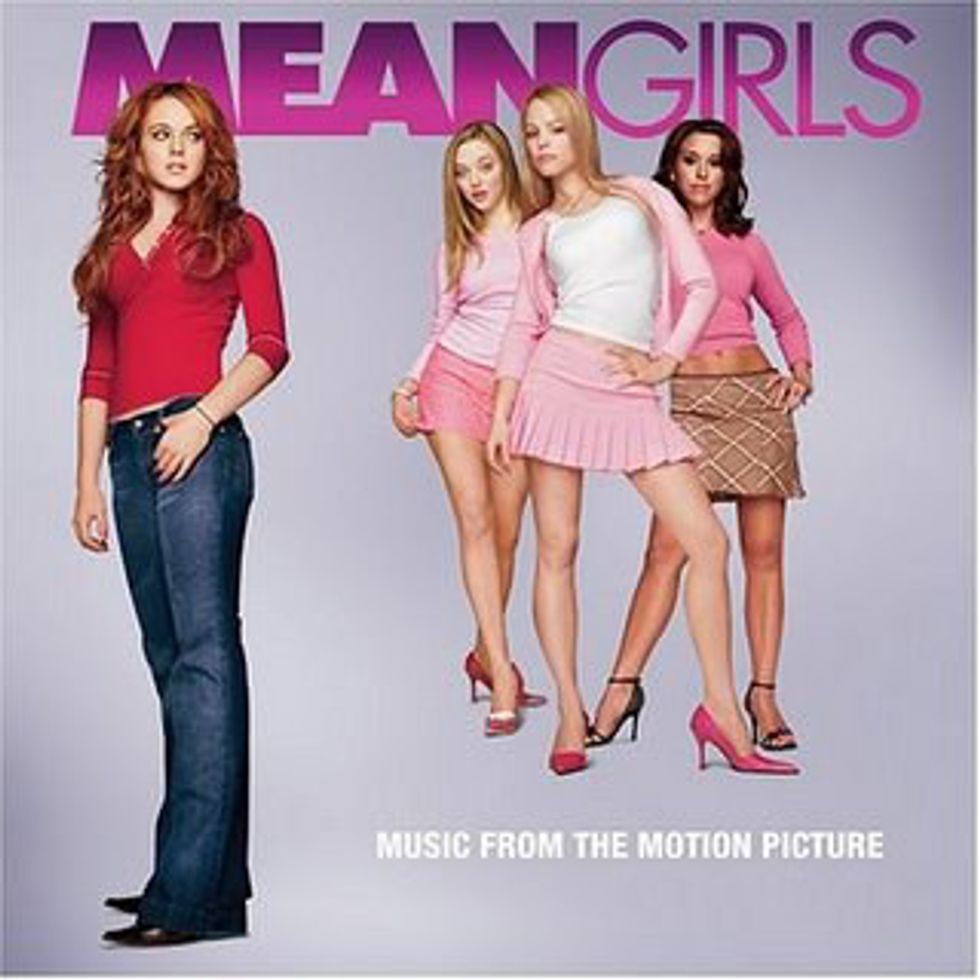He's making a list, he's checking it twice, he's gonna find out who's naughty or nice. You know who I'm talking about...and he's coming to town pretty soon. The world is a big place, but thanks to a little bit of magic, he can make it through all in one night. Just so you appreciate what he does, here's the math behind Santa's big night.
Jolly Old Saint Nick would have to pull off quite a miracle to make it to deliver all of the presents in one night. There are about 7.4 billion people living on the Earth right now, and about 2 billion of those people celebrate Christmas each year. Assuming that these people are in families of about 3.52 individuals (based on the average household size from the five largest countries by population), and that he respects the wishes of those who do not take part in Christmas, he would have to visit 568 million houses.
The Earth is a sphere with a diameter of 6.371 million meters, meaning that it has a surface area of 510 million square kilometers. Considering that about 71 percent of that surface is covered by water, and over 14 million square kilometers can be attributed to uninhabitable areas such as Antarctica, Santa would have to cover about 148 million square kilometers, assuming the houses are evenly distributed over the habitable area.
If the big guy started his night in the Eastern Hemisphere, where the sun sets around 6:45 PM on Christmas Eve, and ended his night in the Western Hemisphere where the sun rises at 7:00 AM on Christmas morning, he would have 12 hours and 15 minutes, plus the 16 hour difference in time zones, meaning he would have a total of 28 hours and 15 minutes of darkness to deliver presents.
The standard legend on Santa Claus states that he lands his sled on the roof, climbs down the chimney, and sets presents (or coal) under the tree while eating milk and cookies provided by the family. The current world record for fastest time to eat a cookie is 8.80 seconds, so if a family puts out four cookies, Saint Nick would be there for at least 35.2 seconds. Assuming he could also match the speed of the record for a 20-foot rope climb, it would take 2.8 seconds to get back onto the roof. This means he would spend a total of 38 seconds at each house.
38 seconds at each house would require 5.99 million hours. To travel between houses, the fastest man-made form of flight would be able to move Father Christmas at 980 meters per second. This means that he could cover the entire inhabitable surface in 42,806 hours. The total trip would require 6.03 million hours. Since Santa must finish the job in 28 hours and 15 minutes, he must move more than 213,550 times faster than the limits of human achievement.
It is not difficult to see why so many people have an issue believing in a being who could do it all in one night. But let's be real, parents wouldn't have much of a better chance at doing that all in one night, either!






 Photo by
Photo by  Photo by
Photo by  Photo by
Photo by 



















